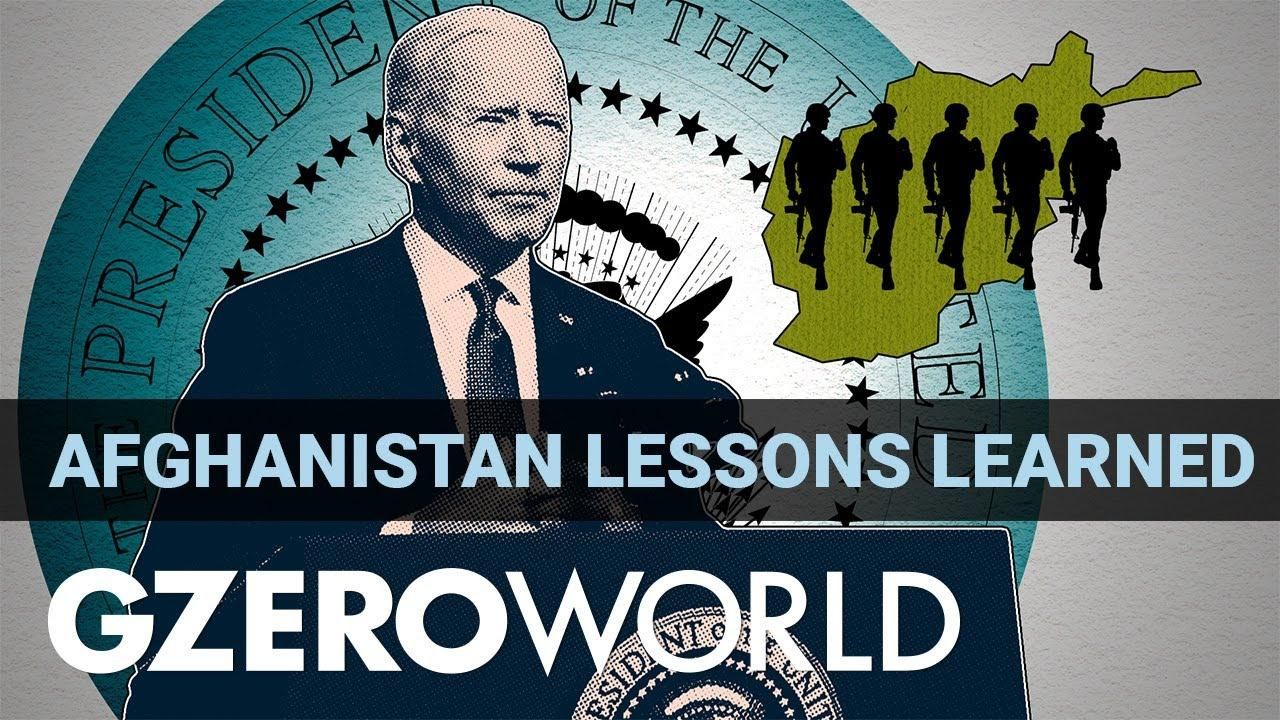
On Aug. 15, 2021, the Taliban swept back to power in Afghanistan. By the end of the month, US forces had departed after two decades of war.
President Joe Biden made good on his promise to bring the troops home before the 20th anniversary of 9/11. But the withdrawal was very messy, and Afghan institutions and army were not ready to resist the Taliban.
A year on, the country remains in shambles, Ian Bremmer explains on GZERO World.
For the Taliban, winning the war was easier than running Afghanistan under sanctions and with no friends. They've focused on wiping out women's rights.
Meanwhile, Afghans who risked their lives to help US forces are either stranded inside the country or in legal limbo waiting to resettle stateside.
Still, most Americans believe the president made the right call. And the Biden administration felt vindicated last month when al-Qaida leader Ayman al-Zawahiri was killed in Kabul.
Watch the GZERO World episode:The fallout from US Afghanistan withdrawal: a Marine's perspective